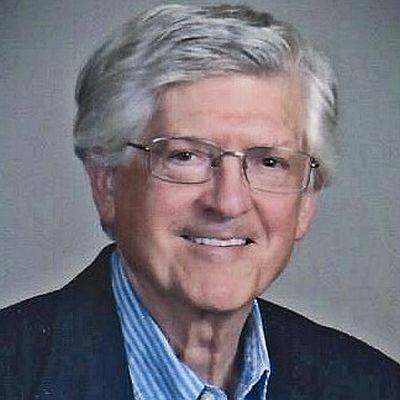Aficionados of Mount Rushmore have said that October should be designated as the month of Mount Rushmore. The actual carving of the famous monument began October 1927 and was completed in October 1941. Keen observers deem October as the best month in which to view the popular monument that immortalizes presidents George Washington, Thomas Jefferson, Theodore Roosevelt and Abraham Lincoln, but summer is the most popular time for visitors, 2.5 million of whom chose to visit Rushmore last year.
Not everyone agrees with Rushmore enthusiasts. I’ve visited many national monuments and national parks, including Yosemite, the Grand Canyon, Yellowstone and several in eastern United States. All are grander in scale than the South Dakota’s Black Hills region that includes the Mount Rushmore National Memorial, but none have engendered controversy comparable to the 60-foot-tall granite heads chiseled into a granite mountain.
Controversy has surrounded the monument from the day dynamiting began on the mountain. “What arrogant stone carver could intrude upon God’s mountain?” one early critic asked. That stone carver would be white supremacist Gutzon Borglum, who was then working on Georgia’s huge Stone Mountain monument depicting Confederate Generals Stonewall Jackson and Robert E. Lee and president of the Confederacy, Jefferson Davis.
The controversy stemmed from two broken treaties (1851, 1868) signed between the Lakota, Dakota and Nakota peoples and the U.S. government. The latter, signed in a tent by General William T. Sherman on behalf of the government, reaffirmed that the Sioux would enjoy “undisturbed use and occupation” of the Black Hills territory that later became part of South Dakota. For the native tribes, the Black Hills is the place they call “the heart of everything that is”: Sacred ground, sacred with religious significance, sacred in terms of the myths and rituals that connect them with the landscape.
Not long after the 1868 Fort Laramie Treaty, without consulting the tribes, Lt. Col. George Armstrong Custer led a survey party that discovered gold in the region. All hell broke loose. When white Americans – prospectors, miners, settlers, traders – poured into the region, the U. S. government broke its word: Land that was stolen from Native Americans, and then granted undisturbed use to them, was stolen again.
School students learn about the battles that followed, featuring warriors Sitting Bull and Crazy Horse, Custer’s Last Stand at the Battle of the Little Bighorn and Wounded Knee, when Federal troops slaughtered hundreds of Lakota men, women and children. In its soulless response to the massacre, the U.S. Army awarded nearly two dozen soldiers who “distinguished themselves at the risk of their own life” with the Medal of Honor, the highest military decoration.
Interestingly enough, the Rushmore project was first designed to draw people to South Dakota, whose population in 1920, 30 years after it became a state, was 636,000. (Today it’s still well under one million.) Historian Doane Robinson wanted a project that honored heroes of the Old West, such as Buffalo Bill Cody and explorers Lewis and Clark. He reached out to the sculptor Borglum, who was then embroiled with disputes in Georgia. Borglum opted for South Dakota but insisted that a huge mountain carving project could appeal to a wider audience by focusing on four key presidents in the development of the United States. The rest is history.
Given the controversy and cries of American aggression on indigenous tribes, should it be blown to smithereens as several critics have recommended? Some events in history are situation-determined – and Mount Rushmore is one of them. It’s carved in stone, a dramatic emblem of both good and bad in our history. Unlike the Grand Canyon and Yosemite, however, it’s man-made, not nature-made. As such, it can focus discussions of our moral responsibility to others – and especially to those whose rights have been denied.
A lesser question remains. Whatever our road to understanding, do we in some sense give our assent to Mount Rushmore by visiting it? On that, I’m not in a position to comment strongly. My church-going family holds opinions both yea and nay. Several see the nearby gigantic mountain monument to Crazy Horse, the Oglala Lakota warrior, as a more fitting shrine to the people it represents.
To bring a measure of healing to the Mount Rushmore wrangle, there is much that could be done. First and foremost is to turn Mount Rushmore into an educational museum of what can happen when a dominant society encroaches on the lands of indigenous people and destroys their freedom. Let the world see it.
Ron Lora, a native of Bluffton, is professor emeritus of history at the University of Toledo. Contact him at [email protected]. His column does not necessarily reflect the opinion of The Lima News editorial board or AIM Media, owner of the newspaper.







